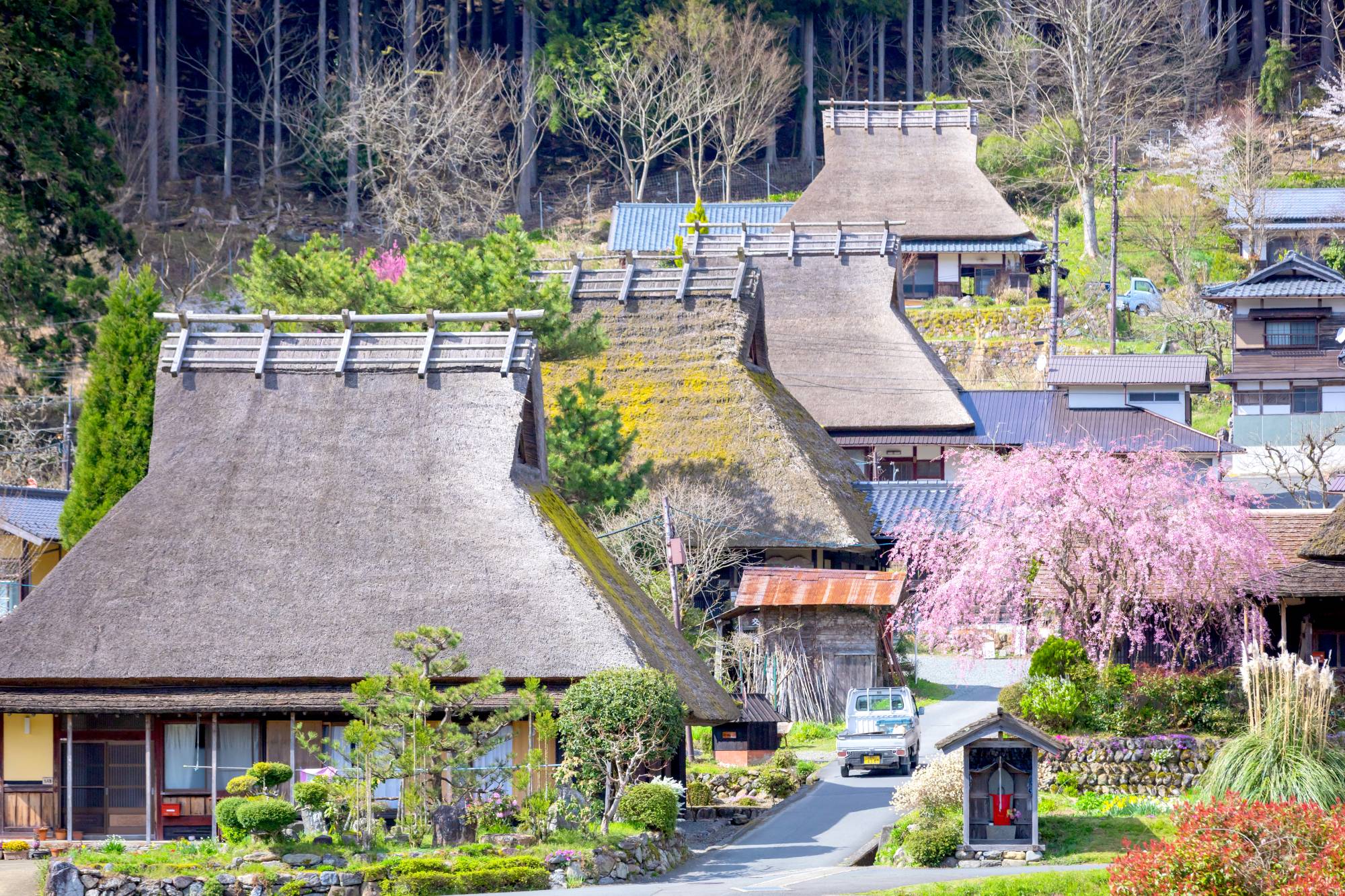Thatched houses have existed in Japan for at least 5,000 years, but today they’re found only in a handful of villages across the country. As a young man, Haruo Nishio, now 51, moved to rural Miyama in the mountains north of Kyoto to become a thatcher. Against all odds, he mastered this ancient craft and launched his own business, Miyama Futon & Breakfast, renting traditional rural homes and sharing his devotion to thatched houses. His book, “Why I Became a Thatcher,” is available on Amazon.
1. When did you move to Miyama?In 1994, after graduating from university in Kyoto, I moved to Miyama to apprentice as a thatcher. When I was a student, I couldn’t imagine myself wearing a suit and belonging to a company. I had a vague idea that I wanted to live in the countryside and work with my hands. I had no money, no special abilities; only motivation and physical strength. I (saw) an article on apprenticeships for thatchers. (It) said that in Miyama there were only two craftsmen, in their 60s, who didn’t have any successors. I instantly decided to go.
2. Did your family support your decision? No one agreed with me. My friends and relatives all said, “Are you stupid? Thatching is going to disappear, why would you choose this career after graduating from university?” My father got me a job offer from an insurance company, but I turned it down and came to Miyama instead.


















With your current subscription plan you can comment on stories. However, before writing your first comment, please create a display name in the Profile section of your subscriber account page.